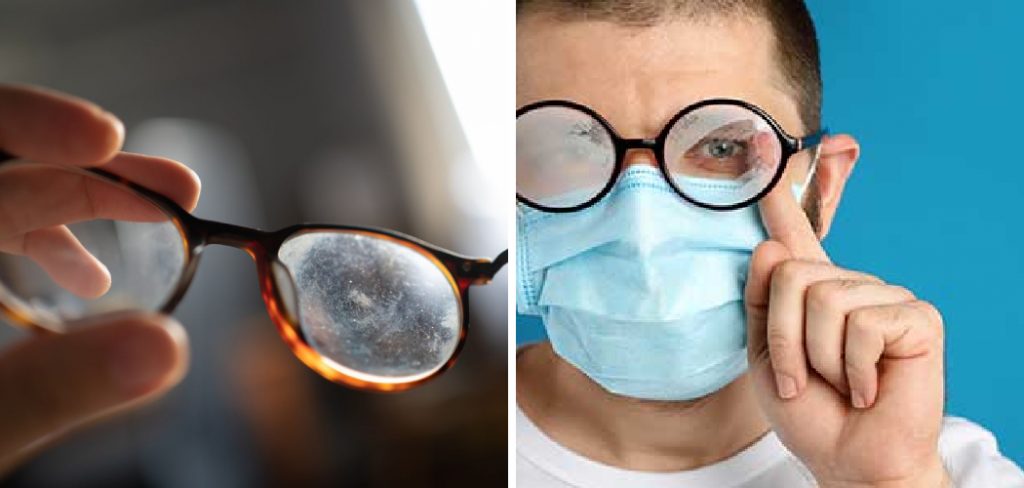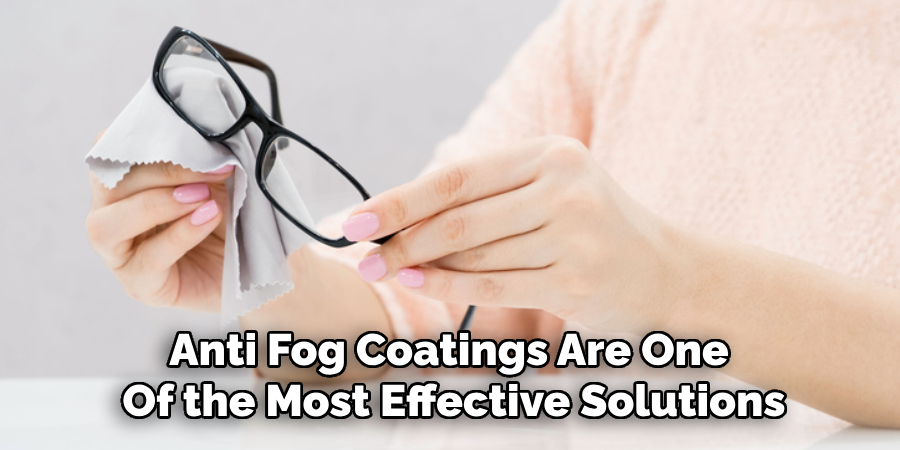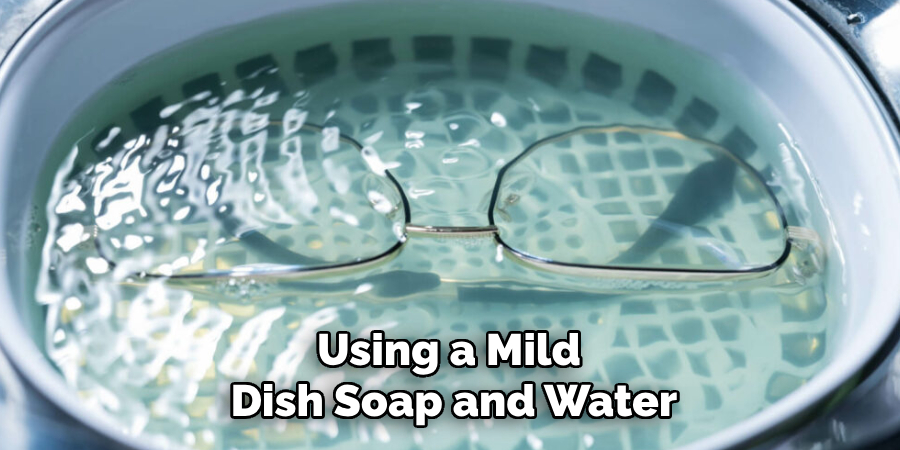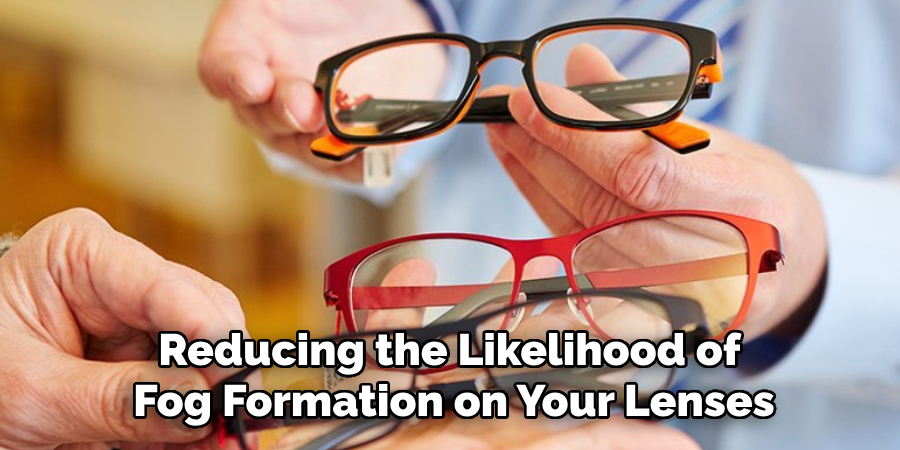Keeping safety glasses from fogging up is a common yet crucial concern for anyone working in environments where clear vision is essential. Whether you’re a construction worker, a lab technician, or a DIY enthusiast, fogged-up lenses can significantly impair your ability to see, leading to potential hazards and decreased productivity. Fogging occurs when there’s a temperature difference between the inside and outside of the lenses, causing condensation to form. This issue is exacerbated by factors such as humidity, perspiration, and wearing masks.

Understanding how to prevent fogging is vital to maintaining both safety and efficiency. This guide will explore practical solutions and preventive measures on how to keep safety glasses from fogging up. From choosing anti-fog treatments and maintaining proper airflow to selecting the right eyewear and following best practices, we’ll provide you with effective strategies to ensure your vision remains unobstructed while you work.
Common Causes of Fogging on Safety Glasses
Understanding the common causes of fogging on safety glasses is the first step toward preventing it. One of the primary culprits is the difference in temperature between your face and the external environment. When the warm air from your breath or body comes into contact with the cooler surface of the lenses, condensation forms, leading to fogging. Humid conditions further compound the problem by saturating the air with moisture, making it easier for fog to develop.
Additionally, wearing masks or other face coverings can direct your breath upward toward your glasses, increasing the likelihood of fogging. Perspiration from your forehead can also drip onto the lenses, contributing to the issue. By identifying these factors, you can better implement preventive measures to keep your vision clear while wearing safety glasses.
10 Methods How to Keep Safety Glasses from Fogging up
1. Using Anti-Fog Coatings
Anti-fog coatings are one of the most effective solutions for preventing fog on safety glasses. These coatings work by reducing surface tension, preventing moisture from forming into droplets that obscure vision. Many safety glasses come with anti-fog coatings pre-applied, but you can also purchase sprays or wipes to apply yourself. To use an anti-fog spray, first clean your glasses thoroughly with a mild soap and water solution to remove any dirt or oils.

Dry them completely with a soft cloth. Then, apply the anti-fog spray evenly to both sides of the lenses and let it sit for a few seconds before wiping it off gently. This creates a thin, invisible layer that repels moisture, ensuring clear vision even in humid or temperature-variable environments.
2. Soap and Water Treatment
A simple yet effective home remedy for fog prevention involves using a mild dish soap and water. This method creates a thin film on the lenses that prevents fog from forming. To apply this technique, place a small drop of dish soap on each lens and rub it gently with your fingers. Be sure to cover the entire surface of the lenses. Rinse the glasses lightly with water, ensuring not to wash off all the soap. Pat them dry with a soft, lint-free cloth. The residual soap film will act as a barrier against fogging. This method is especially handy because it uses readily available materials and can be quickly reapplied as needed.

3. Shaving Cream Application
Shaving cream is another household item that can prevent fogging on safety glasses. Similar to soap, shaving cream creates a protective layer on the lenses. Apply a small dab of shaving cream to each lens and spread it evenly with your fingers. Allow the cream to sit for a minute or two, then gently wipe it off with a soft, clean cloth. Avoid rinsing with water to keep the protective film intact. This method works well because the cream’s ingredients prevent moisture from condensing into fog. It is an inexpensive and easy-to-apply solution that can be particularly effective in environments with fluctuating temperatures.
4. Using Anti-Fog Inserts
Anti-fog inserts are small adhesive strips or films that can be applied to the inside of your safety glasses. These inserts are designed to absorb moisture and prevent fogging. To use anti-fog inserts, first clean and dry your lenses thoroughly. Peel the backing off the insert and carefully apply it to the inside of each lens, pressing down firmly to ensure it adheres well. These inserts can be found in various shapes and sizes to fit different types of glasses. They are especially useful for people who wear safety glasses for extended periods, as they provide long-lasting fog protection without the need for frequent reapplication.
5. Ventilation Enhancements
Improving ventilation around your safety glasses can significantly reduce fogging. Many modern safety glasses are designed with built-in ventilation features, such as small vents or channels that allow air to flow through, reducing moisture build-up. If your glasses do not have these features, you can enhance ventilation by wearing a headband or cap that lifts the glasses slightly away from your face. This small adjustment increases airflow, helping to keep the lenses clear. Another option is to use a fan or other airflow devices in your work area to reduce humidity and enhance air circulation around your face and glasses.

6. Adjusting the Fit
Proper fit plays a crucial role in preventing safety glasses from fogging up. Glasses that fit too tightly against your face can trap heat and moisture, leading to foggy lenses. To prevent this, ensure that your safety glasses fit comfortably and allow for some air circulation. Adjustable nose pads and temple arms can help achieve a better fit. If your glasses come with an adjustable nose bridge, set it to create a small gap between your face and the lenses. This gap will allow air to flow more freely, reducing the likelihood of fogging. Ensuring a good fit not only enhances comfort but also maintains clear vision during extended wear.
7. Using Anti-Fog Cloths
Anti-fog cloths are specially treated wipes designed to prevent fogging on lenses. These cloths are infused with anti-fog agents that leave a thin, protective film on the surface of the lenses. To use an anti-fog cloth, simply wipe both sides of your lenses thoroughly. This method is quick and convenient, and the effects can last for several hours. Anti-fog cloths are portable and easy to carry, making them a great option for on-the-go fog prevention. Regular use of these cloths can maintain clear vision in various environments, from humid workplaces to cold outdoor settings.
8. Wearing a Sweatband
Sweat can be a significant contributor to fogging, especially during physical activities. Wearing a sweatband or headband can help absorb moisture from your forehead, preventing it from dripping onto your safety glasses. Choose a sweatband made of absorbent material and wear it comfortably around your head, just above the glasses. This simple accessory can effectively reduce the amount of sweat reaching your lenses, thus minimizing fogging. For those working in hot or strenuous conditions, using a sweatband in conjunction with other anti-fog measures can provide a comprehensive solution to maintain clear vision.
9. Temperature Control
Maintaining a consistent temperature around your safety glasses can help prevent fogging. Sudden temperature changes, such as moving from a cold environment to a warm one, can cause moisture to condense on your lenses. To mitigate this, try to acclimate your glasses to the new environment gradually. For instance, before entering a warmer area, hold your glasses in your hand for a few minutes to allow them to adjust to the temperature change. Additionally, using a portable heater or cooler in your work area can help stabilize the ambient temperature, reducing the likelihood of fog formation on your lenses.

10. Hydrophobic Coatings
Hydrophobic coatings are advanced treatments that repel water and moisture from the surface of lenses. These coatings are often used in high-performance eyewear and can be applied to safety glasses to prevent fogging. To apply a hydrophobic coating, clean your lenses thoroughly and ensure they are dry. Apply the coating according to the manufacturer’s instructions, typically by spraying or wiping it onto the lenses and allowing it to dry. This coating creates a barrier that prevents water droplets from forming, ensuring clear vision even in humid conditions. While hydrophobic coatings can be more expensive than other methods, their effectiveness and durability make them a worthwhile investment for those who rely on clear vision for safety and productivity.
Conclusion
Each of these methods offers a practical solution to keep safety glasses from fogging up, tailored to different environments and needs. By understanding and applying these techniques, individuals can ensure their safety glasses remain clear and functional, enhancing both safety and performance in various settings.
Whether using household items, specialized products, or adjusting the fit and ventilation of your glasses, these strategies provide reliable ways to combat fogging and maintain clear vision. Now that you know how to keep safety glasses from fogging up. While it does take a few steps each time, hopefully now you understand the process and why it’s worth taking the extra step to make sure your floor is properly cared for. So don’t wait any longer, take action today!
About
Safety Fic is a distinguished figure in the world of Diy design, with a decade of expertise creating innovative and sustainable Diy solutions. His professional focus lies in merging traditional craftsmanship with modern manufacturing techniques, fostering designs that are both practical and environmentally conscious. As the author of diy, Safety Fic delves into the art and science of Safety Fic-making, inspiring artisans and industry professionals alike.
Education RMIT University
(Melbourne, Australia) Associate Degree in Design (Safety Fic) Focus on sustainable design, industry-driven projects, and practical craftsmanship. Gained hands-on experience with traditional and digital manufacturing tools, such as CAD and CNC software.
Nottingham Trent University
(United Kingdom) Bachelor’s in diyfastly.com and Product Design (Honors) Specialized in product design with a focus on blending creativity with production techniques. Participated in industry projects, working with companies like John Lewis and Vitsoe to gain real-world insights.
Publications and Impact
In diy, Safety Fic his insights on indoor design processes, materials, and strategies for efficient production. His writing bridges the gap between artisan knowledge and modern industry needs, making it a must-read for both budding designers and seasoned professionals.
